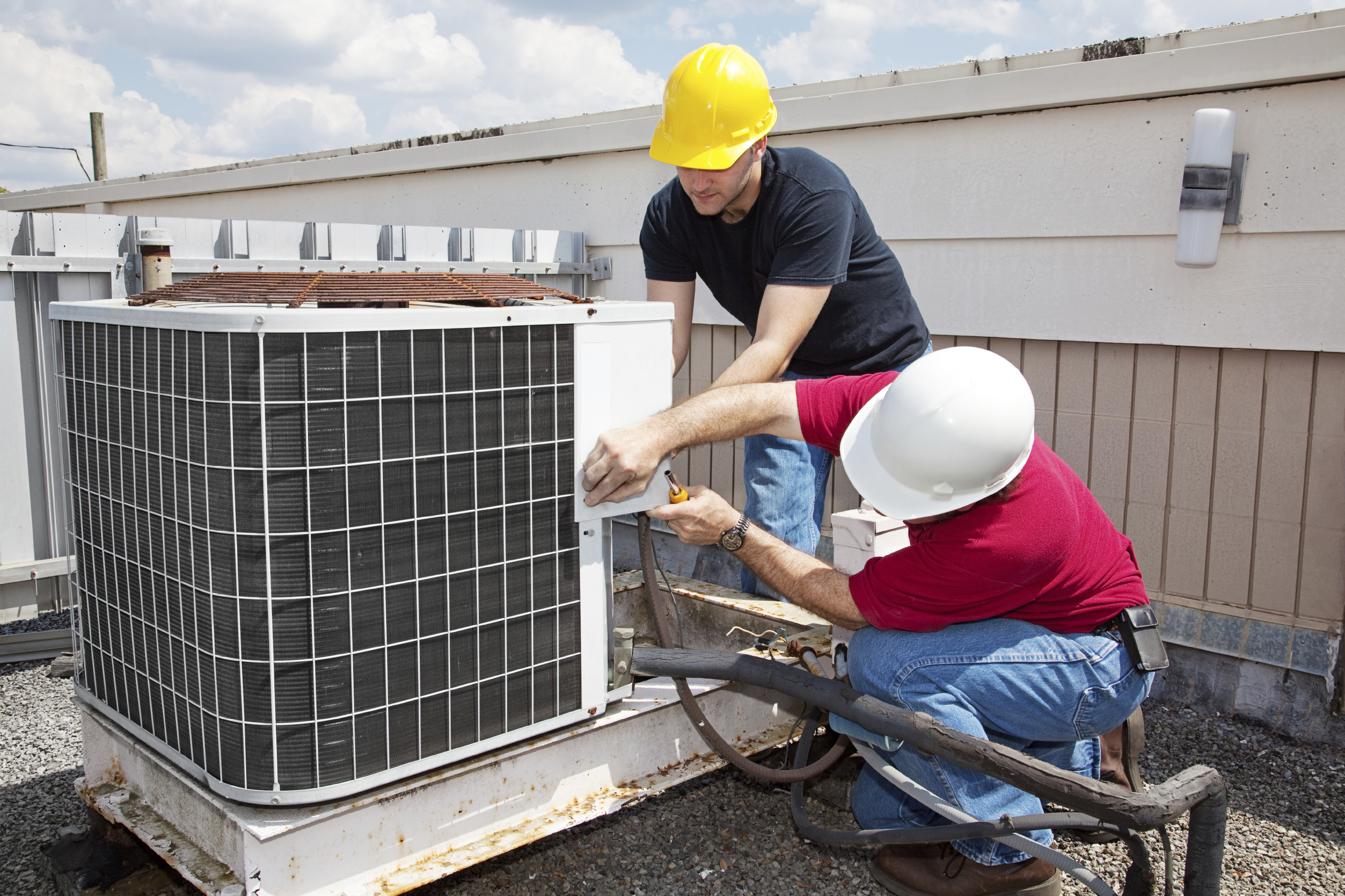If you've ever before found yourself in a space where the a/c simply could not seem to stay on top of the summer warm, you might take advantage of assessing your room.
Guaranteeing your a/c system is properly sized and set up requires focus to essential measurements such as room size, window and door dimensions, ceiling height, insulation quality, and air flow patterns. By understanding these factors, you can enhance your cooling system's performance and performance.
But how specifically do these measurements influence your cooling setup?
Secret Takeaways

- Properly measure room measurements for appropriate unit capacity and airflow optimization.
- Select energy-efficient windows and doors to enhance insulation and minimize warm transfer.
- Guarantee suitable vent placement and unblocked airflow for efficient cooling circulation.
- Upgrade insulation to enhance thermal resistance, seal spaces, and enhance overall system efficiency.

Area Dimension Dimensions
When gauging room dimension for a/c installment, ensure you accurately analyze the dimensions to figure out the appropriate device capacity. Start by thinking about furnishings placement within the room. Furnishings can obstruct air flow if positioned too near vents or the air conditioning device. To ensure optimal cooling performance, prepare your furniture in a way that promotes appropriate air flow throughout the area.
In addition, take into account the area's format and dimension when preparing for air circulation. Correct air circulation is important for maintaining a consistent temperature level throughout the room. Be mindful of any type of obstacles that could interfere with the circulation of air, such as drapes obstructing vents or huge items of furnishings obstructing air flow. By ensuring sufficient area for air to flow openly, you can optimize the performance of your air conditioning device and develop a comfy setting in your home.
Window and Door Capacities
To ensure appropriate air conditioning installment, analyze the measurements of doors and windows in the space to optimize air movement and cooling efficiency. When examining window and door dimensions, consider the following:
- Structure Compatibility: Ensure that the a/c unit you select works with the frames of your doors and windows. Inappropriate fit can cause air leakages and decreased energy effectiveness.
- Installment: Take into consideration the installation process when choosing an a/c device. Some devices may require certain home window dimensions or added alterations for proper installation.
- Product Selection: Pick windows and doors made from materials that supply good insulation to boost energy performance. Appropriately protected doors and windows can aid preserve a consistent temperature level in the room.
- Power Effectiveness: Go with energy-efficient windows and doors to lower warm transfer and boost the overall performance of your cooling system. Energy-efficient products can boost the air conditioning capabilities of your room while reducing power prices.
Ceiling Elevation Assessment
Examining the height of your ceiling is important for figuring out the very best positioning of air conditioning vents for efficient cooling circulation. When assessing your ceiling elevation, make certain to take into consideration the clearance required for both the ductwork and the cooling vents. Adequate ceiling clearance assurances that the ductwork can be set up appropriately without any blockages, allowing for optimal air movement throughout the room.
In addition, appropriate clearance over the vents guarantees that the cooled air can flow openly with no limitations, bring about even more also cooling in the space.
When planning the placement of ductwork, take into consideration the elevation of your ceiling to avoid any issues with setup or performance. Correctly located ductwork can aid make best use of the effectiveness of your a/c system and make certain that each area receives adequate air conditioning.
Insulation Analysis
Evaluate the insulation quality to enhance the effectiveness of your cooling system. Correct insulation plays a vital function in keeping a comfortable indoor environment while optimizing power efficiency. Right here are four bottom lines to examine when examining the insulation in your area:
- Thermal Resistance: Check the R-value of your existing insulation to see to it it fulfills the advised criteria for your area. Greater thermal resistance indicates better insulation top quality, which aids in lowering heat transfer and preserving a consistent temperature level.
- Insulation Positioning: Check the placement of insulation throughout your room, focusing on locations such as walls, ceilings, and floors. Correctly set up insulation prevents power waste by minimizing heat exchange with the surrounding atmosphere.
- Securing Gaps: Recognize and seal any type of spaces or splits in the insulation to prevent air leakage. Properly sealed insulation enhances power effectiveness by maintaining closed barriers that prevent conditioned air from getting away.
- Updating Insulation: Think about updating your insulation to more recent, extra energy-efficient materials. Updating can enhance thermal resistance, lower power usage, and enhance the total performance of your air conditioning system.
Air movement Evaluation
Checking the airflow within your area is essential for making sure peak efficiency of your a/c system. Proper air flow circulation is necessary to preserve constant temperatures throughout the area. When examining airflow, take into consideration the ventilation demands of each space to guarantee ample air circulation.
To examine air flow circulation, start by looking for any type of obstructions such as furniture blocking vents or debris blocking air ducts. Poor air movement can cause ineffective cooling and heating, resulting in discomfort and raised energy prices. It is necessary to attend to any type of issues quickly to enhance the performance of your cooling system.
Additionally, understanding the air flow demands of various rooms in your house or office is key to maintaining air top quality and comfort levels. Appropriate air flow assists remove stagnant air, smells, and toxins while bringing in fresh outdoor air. By reviewing air movement and ventilation demands, you can produce a much more comfy and healthy interior atmosphere for everyone.
Often Asked Questions
Exactly How Can I Identify the very best Area for My A/c System Within the Area?
When figuring out the best area for your air conditioner device in a room, think about the cooling capability and air flow. Keep the unit away from barriers that might block airflow and area it centrally in the area to ensure even cooling down.
Perfect positioning assists disperse amazing air successfully, making the most of the system's efficiency. Proper positioning can make a considerable difference in just how successfully your air conditioning unit cools the room.
Are There Any Kind Of Specific Factors to Think About When Setting Up an Air Conditioning Device in a Multi-Level Structure?
When setting up a cooling device in a multi-level structure, take into consideration elements like energy effectiveness, cooling down ability, placement, and availability.
Ensure the unit is purposefully put to cool down numerous levels efficiently. Choose an area that enables simple access for repair and maintenance.
In addition, assess the air conditioning capability to make sure it can effectively cool down the entire structure. These considerations will certainly assist maximize the efficiency of your cooling system in a multi-level setup.
What Is the Perfect Range In Between the Air Conditioning Device and Any Heat-Producing Devices in the Area?
When placing your air conditioning device, ensure proper ventilation distance from heat-producing devices in the space. ac vent cleaning This assists with warmth diffusion and prevents the a/c from working harder to cool down the room.
Go for an excellent distance of at the very least 3 feet in between the air conditioning system and any kind of warm resources like ovens or lamps. Maintaining this separation will certainly maximize the efficiency of your air conditioning system and expand its lifespan.
Are There Any Type Of Possible Risks That I Should Understand When Installing an Air Conditioning Unit in a Small or Encased Room?
When setting up a cooling device in a tiny or enclosed area, bear in mind potential dangers. Make sure to attend to air flow concerns to avoid air high quality problems. Take safety and security precautions seriously, specifically with minimal space constraints.
Know installment challenges like appropriate positioning for ideal performance. Prioritize safety and security and ensure your room is well-ventilated to prevent any threats associated with setting up an air conditioning device in a restricted area.
Exactly How Can I Ensure Correct Ventilation for My A/c System to Operate Effectively in a Room With Limited Airflow?
To optimize airflow for your cooling system in a room with limited airflow, warranty correct ventilation by maintaining vents clear and unblocked.
Frequently clean or replace air filters to keep effectiveness.
Take into consideration making use of a fan to assist circulate air and stop stagnant pockets.
Position the device in a place where air can move freely, preventing cramped spaces.
These steps will certainly aid your ac system operate efficiently and cool down the space effectively.
Verdict
Now that you have taken essential measurements for your air conditioning installation, you're one step better to making certain peak cooling performance in your room.

By accurately evaluating room dimension, doors and window measurements, ceiling elevation, insulation, and air movement, you can make enlightened choices on the very best air conditioner system for your requirements.
Bear in mind, correct measurements are essential for a successful and efficient air conditioning installation.
